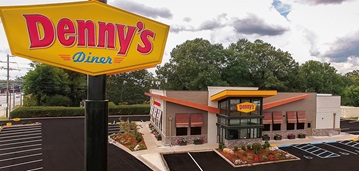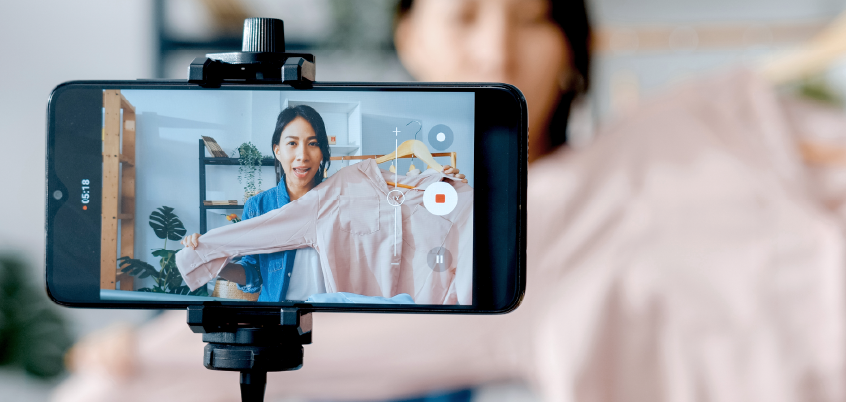
Posts About

IDC TechBrief: AI for Smart Signage in Hospitality and Travel
See how AI-driven smart signage is transforming hospitality and travel.
Read More
Mission-Critical Connectivity and Security for Federal Agencies
See how federal agencies are modernizing connectivity and security to support operations
Read More
3 Threat Trends Driving Adaptive Cybersecurity
Read the top threat trends reshaping enterprise cybersecurity and why adaptability is imperative
Read More
AI, Security, and the Future of Sports: Takeaways from the Comcast Business PLAYERS Ex...
Discover the key takeaways from the Comcast Business executive forum at THE PLAYERS championship
Read More.png?sfvrsn=788369dd_1)
Comcast Business Virtual Executive Forum: Perspectives from THE PLAYERS®
Key moments from the Comcast Business Executive Forum presented at THE PLAYERS® Championship.
Read More
How AI is Reshaping Cybersecurity As We Know It
Read expert analysis on AI’s transformative role in cybersecurity.
Read More.png?sfvrsn=691c1c45_1&MaxWidth=366&MaxHeight=171&ScaleUp=false&Quality=High&Method=ResizeFitToAreaArguments&Signature=671D99360FEC6D1BB4C36B6D4772495802491000)
Featured
A New Era in Cybersecurity
Discover how organizations are redefining their cybersecurity strategies.
Read More
Why GenAI is Transforming the Makeup of Enterprise Tech Teams
Explore insights into the evolving roles in enterprises driven by GenAI.
Read More
Cybersecurity Best Practices for State and Local Agencies
See how local governments are modernizing cybersecurity with defense-in-depth strategies.
Read More
Expanding Impact of Generative AI on Enterprise Connectivity Strategies and Road Maps
Explore the ways generative AI is impacting the network edge and what comes next.
Read More
IDC PlanScape: Zero Trust Security Services
Read how security services are empowering zero trust adoption.
Read More
Modernizing Federal Networks with SD-WAN
Discover how SD-WAN is transforming federal networks through improved connectivity and security.
Read More
Why using AI to detect small cybersecurity anomalies is a big deal
Read how AI is revolutionizing cybersecurity.
Read More
Why the Future of Technology Will Be People-Centric
Explore how new technology is empowering employees and building better customer experiences.
Read More
5 Tech Trends to Watch in 2025
See the trends shaping enterprise technology in 2025 and beyond.
Read More
To Build the Next Generation of Experiences, GenAI Demands Data in Motion
See how GenAI is redefining customer experiences and IT infrastructure.
Read More
Healthcare Technology Trends for 2025 and Beyond
Explore the technology trends shaping modern healthcare.
Read More
IDC FutureScape: Worldwide Healthcare Industry 2025 Predictions
Get expert analysis on what's driving the future of healthcare.
Read More
How Denny’s is using technology to reinvent ‘America’s Diner’
See how Comcast Business transforms Dennys operations through technology.
Read More
How Immersive Technologies Blend Physical and Digital Retail
See how retail leaders are changing engagement by blending the physical and digital.
Read More
How Technology Helps Goodwill Thrive
Explore how Comcast Business empowers Goodwills operations through connectivity.
Read More
4 Ways Generative AI Can Transform Retail
Explore the disruptive potential generative AI brings to retailers and customers.
Read More
Retail Technology Trends for 2025 & Beyond
Explore the drivers changing retail CX and EX today.
Read More
The Role of IoT in Powering Retail Insights & Experiences
Learn why forward-looking retailers are leveraging IoT technology today.
Read MoreLearn how Comcast Business can help
keep you ready for what's next.


